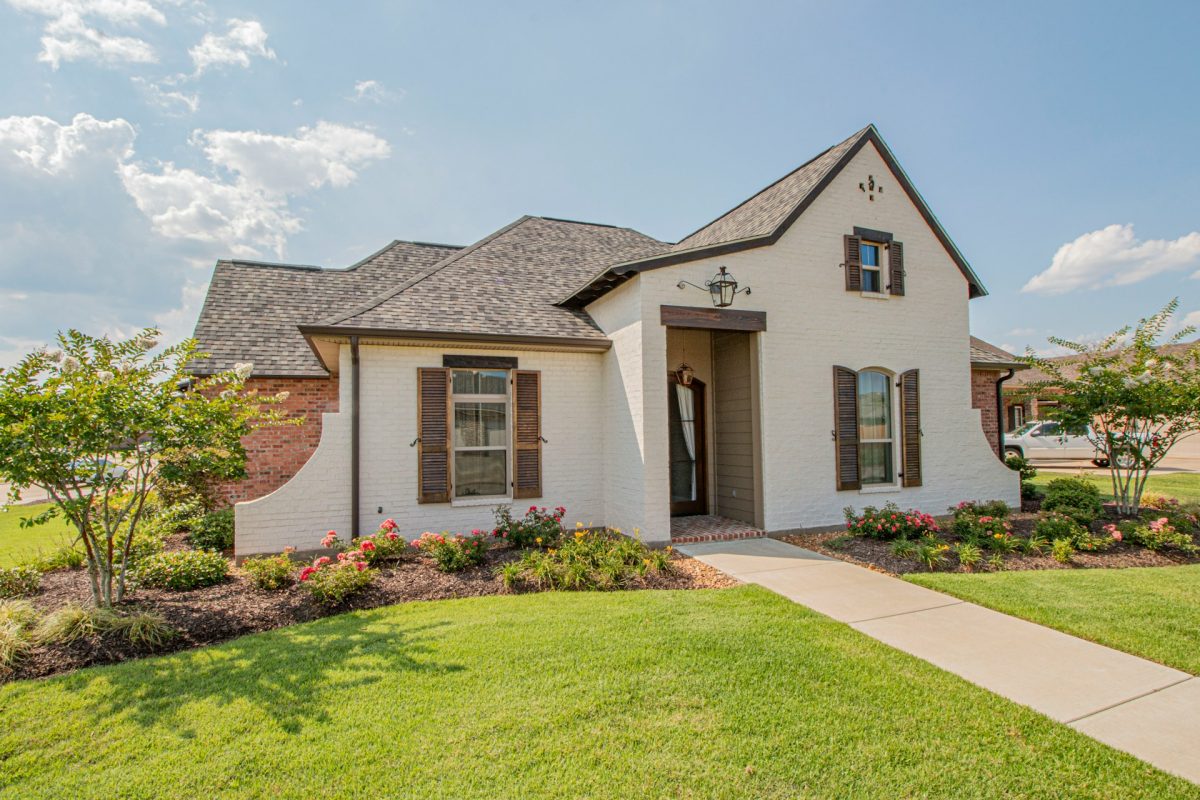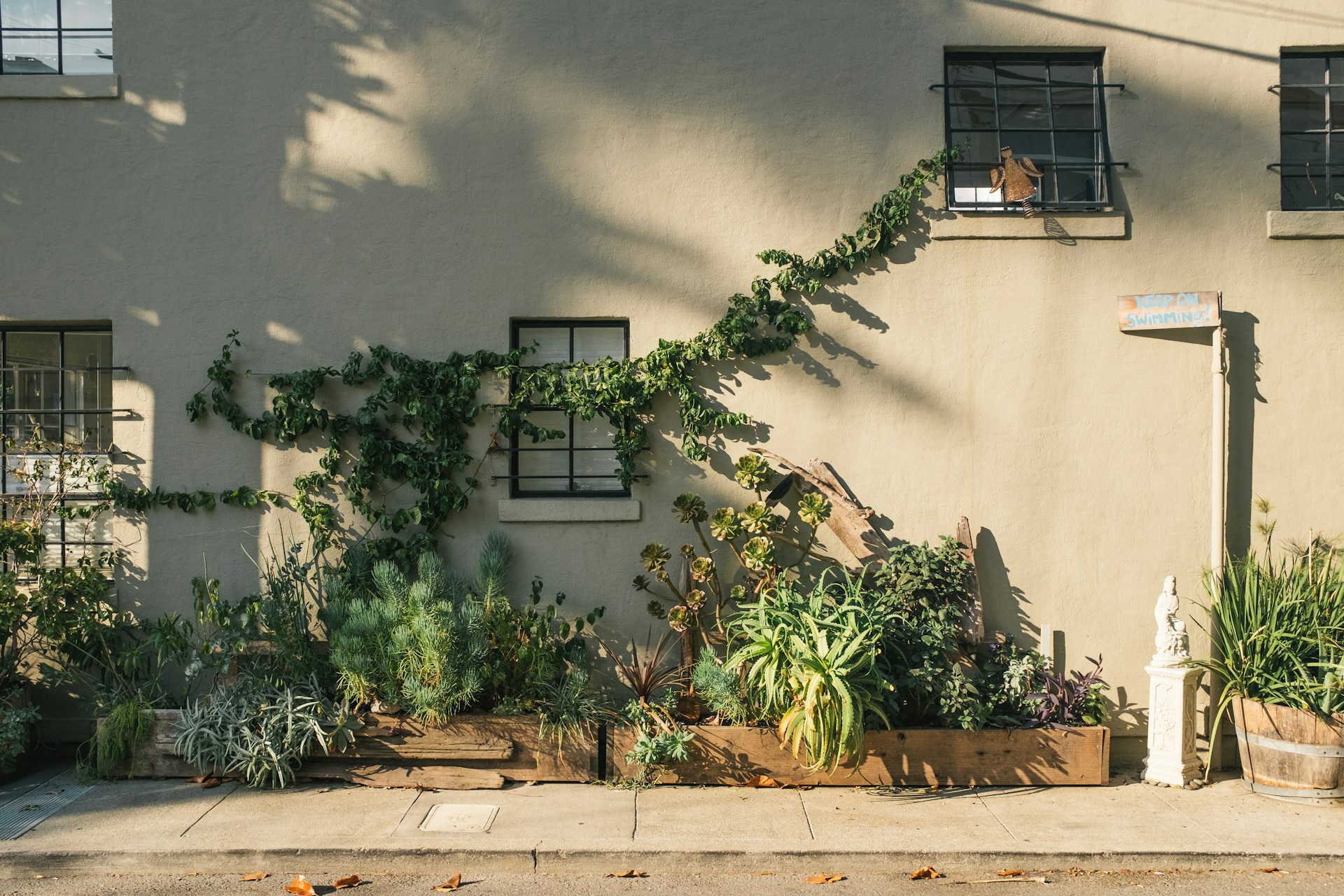Last Updated on October 30, 2025 by teamobn
Landscaping your yard provides a myriad of benefits. It can help make your outdoor space more inviting, comfortable, and even energy-efficient. If this is your first time landscaping your yard, this guide highlights practical strategies to help make the entire process more manageable, less stressful, and more cost and time efficient.
Contents
Assess and Plan
Begin by evaluating your yard and determining what you would like to achieve with your landscaping project. Survey your yard, particularly its conditions, existing features and plants, sun and shade patterns, and other relevant details that can significantly affect your landscape design. 
Define your yard landscaping goals and be as specific as possible. What do you want to achieve in terms of functionality and aesthetics? Who will be using the yard mostly, or what will be its main purpose? Will your yard be a haven of relaxation, entertaining, or an area where your children or pets will play?
Make sure you already have a clear understanding of your desired outcome for your landscaping project, as this can prevent costly mistakes and unnecessary delays. It is also best if you obtain the preferences of your family members to ensure that everyone in your household will enjoy your home’s outdoor space.
Since this is your first landscaping project, utilize all available design resources at your disposal and gather ideas. You can also get inspiration from your neighbors’ yards and take note of the features that you want to have for your outdoor space.
Design the Hardscape
When creating a landscaping design for your yard, hardscape elements play an integral role. They not only make your yard more functional, but also enhance its visual interest. Hardscape elements also help define areas, provide structure, reduce maintenance, and improve the overall design by complementing the natural elements of the outdoors.
Some examples of hardscape features include decks, patios, paths, walkways, retaining walls, fire pits, outdoor kitchens, benches, fences, and decorative structures. Explore the pros and cons of each element, and envision how they can enhance your outdoor space.
Create a balanced hardscape design by considering both symmetrical and asymmetrical arrangements. This ensures the visual weight is evenly distributed, leading to a more naturalistic, relaxed design. Keep in mind that darker colors, textured surfaces, and larger elements tend to carry more visual weight, so be mindful of how your hardscape is organized to maintain visual harmony.
Incorporate Softscape

To complement your hardscape and create a balanced and vibrant outdoor environment, you must also plan for your softscape. Softscape elements are essentially the living elements of a landscape, primarily plants, flowers, and trees, but also include the mulch, soil, and other organic materials. Softscape not only adds color and texture to your yard but also improves water and air quality.
When incorporating softscape, make sure to consider your climate, sunlight, and soil type. Opt for a variety of plants, flowers, shrubs, and trees to add more depth and visual interest. Select native ones as they are generally more low-maintenance and can thrive in your local climate. Include plants that offer year-round visual interest and those that bloom at different times to ensure your yard’s continuous color.
Your chosen plants also serve a purpose in your yard and are not merely visual pieces. For instance, if you want more privacy in your yard, you can incorporate trees or high-growing plants. You can plant hedges, climbing plants, shrubs, and even bamboo. To create a layered effect and enhance visual interest, combine taller trees with low-growing perennials.
Seek Professional Assistance
While doing the DIY landscaping approach can be rewarding, seeking guidance from loved ones and experts can significantly save you money, time, and effort. Don’t hesitate to reach out to professional landscapers if you need help or advice during the process.
These professionals can create a comprehensive design and plan, tailored to your property, and help you in making informed decisions. Make sure to find someone local as they’re more familiar and experienced with your local conditions and are relatively more affordable than their non-local counterparts.
If you live in Santa Cruz County and nearby areas, and need a comprehensive guide to landscape design in the area, search for experienced and trusted landscaping design companies that suit your needs, budget, and understand your landscaping vision.
Start Small
To prevent overwhelm, and if you’re landscaping on your own, it is best to begin with a small landscaping project or tackle a small area of your yard before expanding to multiple or larger areas. Landscaping often requires heavy lifting, and handling everything independently can be exhausting and hazardous in certain cases.
Depending on your preferences, you can either start with the hardest or easiest landscaping tasks. Make sure to consider the weather, your time, energy, and available resources, as these can affect your landscaping progress. Work according to a schedule that fits your lifestyle, and remember to take frequent breaks.
Remain Flexible
Even with a solid plan, landscaping projects don’t always proceed as planned. Weather changes, material availability, and unforeseen site conditions can force you to adjust your plans, so being adaptable and willing to modify your approach is essential.
Instead of looking at these setbacks negatively, view them as opportunities to learn and redefine your landscape design. Focus on your efforts, progress, and learnings, and how you can enjoy the process sans the stress.
Take pleasure in transforming your space and appreciate the journey of creating an outdoor oasis, rather than concentrating on the time or money you’ve lost. Embrace the process, be patient, and celebrate your small victories.
Consider involving your entire family in your landscaping project. Working together on a shared purpose can help strengthen your bond and improve your family’s overall well-being. If you have children, landscaping can teach them the value of caring for the environment, ignite their creativity, build their confidence, and improve their decision-making skills.
Endnote
Landscaping your yard, especially if you are doing it for the first time, can be overwhelming. But the reward is there for years in terms of visual and physical pleasure. By taking note of these essential tips you will enjoy the beauty and functionality that your newly landscaped yard brings to your home.






